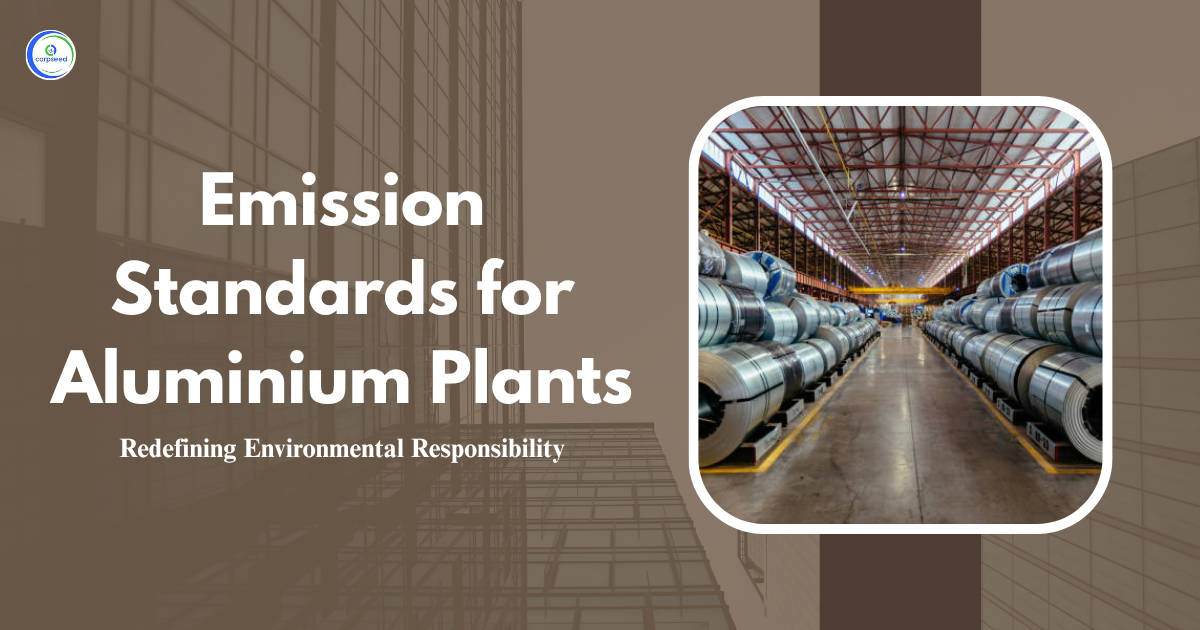The Environment Impact Assessment, often abbreviated as EIA 2020 prescribes the possess for the issuance of prior environment clearance and prior environment permission. Based on the category of projects, the project proponent needs to get these documents from the applicable authority which is the State and Union Territory’s Environment Impact Assessment Authority constituted under the EIA 2020 notification. The EIA proved to be the lifesaver for the regulating authority to identify the projects that are not viable according to the environmental condition at that specific location and time. The baseline study is done to extract data regarding various significant environmental components of environmental impact assessment which are further discussed in detail.
Table of Contents
--------------Blog Contact Form-------------
What are the components of EIA?
The term components of environmental impact assessment is used to refer to various environmental metrics that assist in assessing the environmental effect of a project over a period of time in comparison to the baseline data received during the baseline study. The metrics or components used to analyse the environmental viability of a project are as follows-
- Air Environment
The first and most significant component is Air. The location or the project site is examined to collect the baseline data of the air environment. To mark the boundaries, an impact zone is declared around the project site and accordingly, data is calculated. The air quality is assessed by the technical appraisal committee. Along with air quality, the meteorological data is also calculated. The potential air emission of the project is also assessed based on the project’s size scale and duration. Along with the impact of the project the traffic and other external emissions are analysed as they also affect the air quality of the impact zone of the project site. The installation of a pollution control device is proposed and the adequacy of the same is also assessed concerning the gaseous emission and air quality at the location.
- Noise Environment
After the air environment, the noise environment is also assessed. The project may cause noise pollution during construction activities and further operations. Also, the impact zone that was declared for the project must have a certain noise level so the noise level assessment is done considering the existing noise environment in the vicinity and the expected addition to the noise due to the project and related activities. Although noise pollution mitigation exercises are recommended, the potential increase in noise levels in the impact zone is also considered when an environmental impact assessment is performed for the Noise component.
- Water Environment
Out of the various most important environmental impact assessment components, the water environment holds a significant impact on the water resources in the vicinity of the project site. It includes exercises to study the groundwater sources and the surface water sources along with the water quality in these sources. The direct and indirect impact of the project on these water resources is assessed during the EIA process. Both the metrics, the water utilisation and the wastewater generation by the project are analysed. The proposal to install wastewater treatment systems is also considered along with their potential to mitigate water pollution. If the water recycling system is feasible for the project then the same is also recommended by the technical appraisal committee during the environmental impact assessment.
Read Our Blog: Importance of Environmental Impact Assessment in India
- Biological Environment
Another significant component in the EIA 2020 is the biological environment. Under this component, the biological effects of the project in the impact zone are calculated and prospects for the duration of the project. The projected impact is assessed in comparison to the baseline biological data recorded by the team. The biological metrics include the impact on the flora and fauna in the vicinity of the project site. If there is potential harm to the flora and fauna directly from the activities of the project or indirectly through the land and air pollution caused by the project for its duration, the same is recorded by the committee and considered while approving or rejecting the application of the project proponent.
- Land Environment
Next in the series of components for environmental impact assessment is the land environment. The impact on the land because of the project and related activities is assessed based on various metrics like the quality of soil in the impact area, effects on the existing topography of the area, and landscape in the impact zone. If any treated material is used on the project site, the impacts of the same are also asserted on the land as the treated wastewater may not be as healthy as the freshwater is to maintain the quality of the soil. The waste management plan of the project is analysed and any loopholes are identified including the waste management practices if the same has the potential to affect the land environment, the necessary mitigative solutions are prescribed by the appraisal committee.
- Social, Economic and Health Environment
The social impacts of the projects are also assessed during the environmental impact assessment including the potential change in economic and health environment due to the project and related activities. The data collected under this component of the EIA process include the demography of the area, socio-economic data, epidemiological data etc. The impact of the project is assessed for these metrics considering the changes in the impact zone fuelled by the project activities which includes the traffic congestion and the inconvenience to the public. The assessment also includes the consideration of the historical, cultural and archaeological locations. Apart from the damage this project does to society, the committee also takes into consideration the economic benefits of the projects and prescribes the requirements for the rehabilitation of affected communities.
- Risk Assessment and EMP (Environment Management Plan)
The risk assessment is another component of the EIA process. In this process, not only the risks are assessed but to mitigate the same a plan is also prepared by the project proponent which is further assessed by the committee and approved either exactly or after suggesting some changes as required according to the project’s need. The metrics include identification of hazard indices, inventory analysis, natural hazard probability, potential accident probability, consequences of fire, explosion or hazardous exposure etc. The assessment of risk and mitigation plan is part of the EIA process to be considered while approving or rejecting the application of the project proponent. The plan includes risk management, not only for accidental events but also to minimise the environmental impact of the project.
Read Our Blog: Environmental Impact Assessment in India
Conclusion
The EIA process is significant which ensures the protection of our environment when new projects are planned. It involves a study of various aspects of the environment including the factors necessary to ascertain the current environment status in the impact region of the project of as air quality, noise levels, water resources, wildlife, and land quality. The goal is to understand how the project might affect these things and come up with ways to minimize any harm it might cause. Additionally, the EIA considers how a project could impact people's lives, the economy, and public health. This thorough assessment ensures that projects are constructed in an environmentally friendly manner. Measures are taken to reduce the negative effects of the projects on the environment and communities. It is a crucial tool for responsible and sustainable development, and it helps to ensure that we protect our environment for the future.
Environment Impact Assessment
Environmental impact assessment is an instrument to evaluate the consequences of the establishment of a new project or expansion of projects related to industries, mining, pipelines, etc. Enjoy simple processing and no hidden fees.
Environmental Audit
An environmental audit is an important part of a company’s environmental policy and performance. It checks whether the company has complied with the environmental regulations and requirements, and achieved the environmental goals set by them.
Environmental Consulting
An environmental consultancy firm consists of a team of experts, who’re qualified in the studies of law, geology, environment, engineering, and have years of experience dealing with the aspects of regulations & norms associated with environmental laws.
This portion of the site is for informational purposes only. The content is not legal advice. The statements and opinions are the expression of author, not corpseed, and have not been evaluated by corpseed for accuracy, completeness, or changes in the law.
BOOK A FREE CONSULTATION
Get help from an experienced legal adviser. Schedule your consultation at a time that works for you and it's absolutely FREE.







_Corpseed.webp)
.webp)
